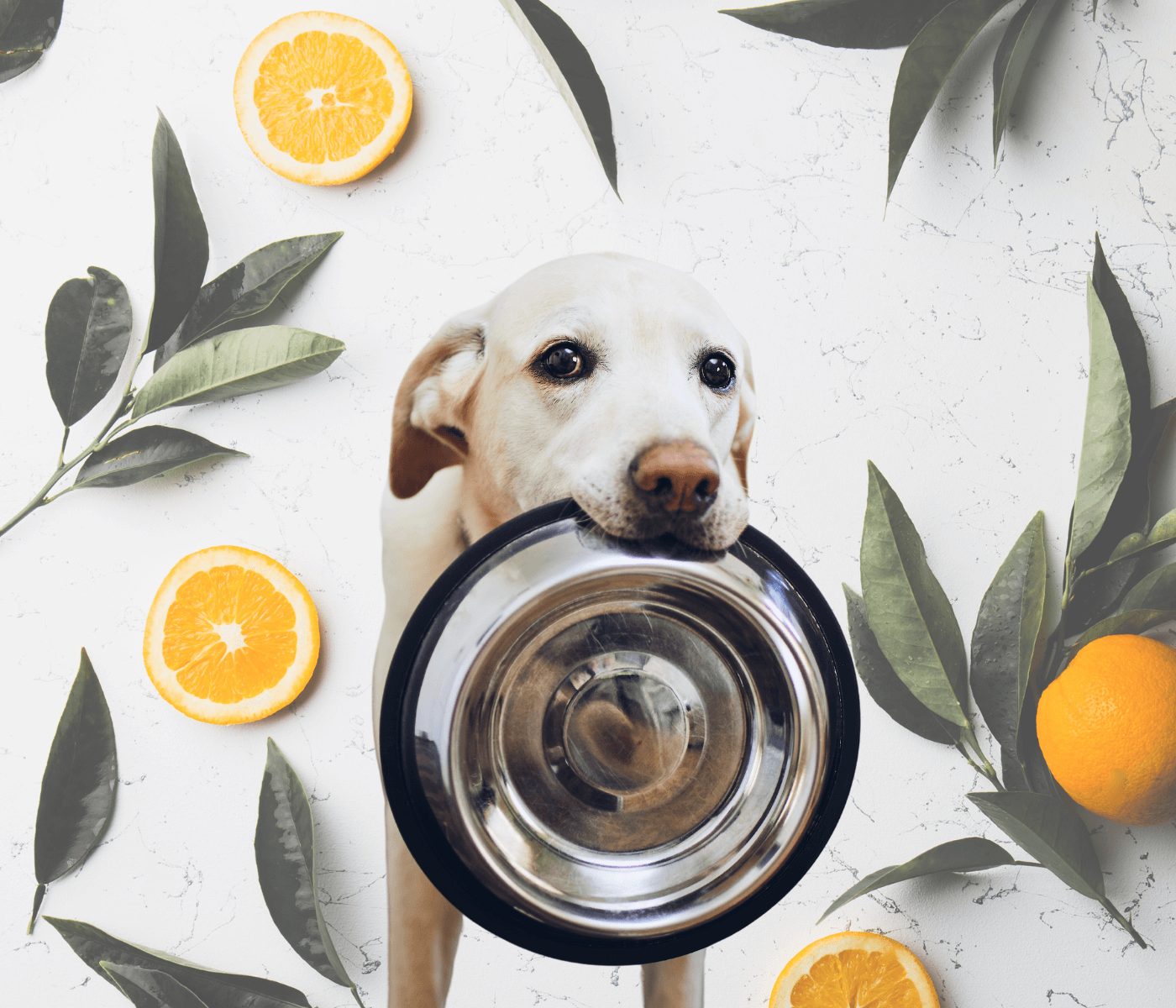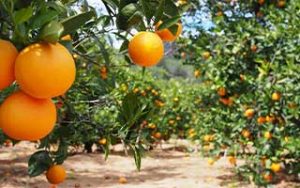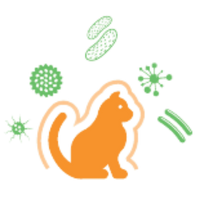 23 Feb 2024
23 Feb 2024
Residue from orange juice production can be reused for pet foods.
Unesp helps develop more nutritious food for dogs and cats!
Did you know that a by-product of orange juice production could enhance the health of your dog or cat? A collaboration between Unesp and Brazil’s leading orange producer, responsible for a quarter of the world’s orange juice, has led to four scientific studies aimed at improving and refining the quality of pet food.
By conducting research centered on the welfare and health of pets, particularly dogs and cats, the partnership identified and refined a novel food byproduct suitable for inclusion in pet food: orange fiber. Besides its enhanced nutritional value, utilizing this “residue” from orange juice production also promotes sustainability within the industry.
The partnership began in 2019, during which byproducts of orange juice production were analyzed: citrus pulp, known to the market for over 40 years and already widely used by the animal industry, and orange fiber, which was identified and developed by the University.

In one of the studies, it was proven that, from a nutritional standpoint, orange fiber is a superior alternative to citrus pulp and a better byproduct for the health of dogs and cats, as explained by Professor Aulus Cavalieri Carciofi, advisor and lead researcher.
“The fiber’s development was in partnership with Unesp; the concept originated from us. This was assessed in the initial study, published in 2021, through testing and evaluation on the animals.”
Improvement in pet health
The results were positive: the research that assessed the impact on dogs, published in 2021, indicated a significant improvement in the digestive process compared to other fiber sources; whereas the study with cats, published in 2022, showed that orange fiber boosted the formation of fatty acids and other vital nutrients for intestinal microbiota.

The latest study, published in 2023, evaluated the quality of the animals’ food with the addition of external sources of fiber, such as orange fiber, and concluded that it maintains good product characteristics.
“The dog’s diet should encompass favorable sensory qualities, like crispiness and firmness. It’s crucial for the dog to chew; the food should be palatable to chew, among other traits that we assess,” elaborates Professor Aulus.
Economic and Sustainable Aspects
The primary objective of the studies is to enhance the quality of life for animals.
“Our focus and priority are consistently directed towards showcasing the health benefits for dogs and cats.” Our mission is centered on the welfare and health of pets. Hence, if solutions aren’t substantiated through our studies, we refrain from publication,” details Professor Aulus, who serves as faculty in the Animal Science Postgraduate Program at Unesp in Jaboticabal.
Apart from the advantages for pets, the research also underscored the industry’s potential for repurposing, thereby enhancing the value of byproducts from the primary economic activity, namely orange juice production.
The professor elucidates that the availability of pet food containing orange fiber in stores is currently at the discretion of the industry: “Citrus pulp is already extensively utilized in the market, particularly in other species. The technology for orange fiber has been established; it now rests on the industry to facilitate its commercial application.”
The collaboration between Unesp and the private sector has not only uncovered scientific progress in animal health but has also demonstrated the importance of cooperation in uncovering innovative and sustainable solutions.
Source: Unesp
You may also like to read: “Ensuring Food Safety in Natural Diets for Dogs & Cats through Freezing methods”
Subscribe now to the technical magazine of animal nutrition
AUTHORS

Nutritional Interventions to Improve Fertility in Male Broiler Breeders
Edgar Oviedo
The Use of Organic Acids in Poultry: A Natural Path to Health and Productivity
M. Naeem
Synergistic Benefits of Prebiotics and Probiotics in Poultry, Swine, and Cattle
Gustavo Adolfo Quintana-Ospina
Hybrid Rye Potential in Laying Hen Feed Rations
Gwendolyn Jones
A day in the life of phosphorus in pigs: Part I
Rafael Duran Giménez-Rico
Use of enzymes in diets for ruminants
Braulio de la Calle Campos
Minerals and Hoof Health in the Pregnant Sow
Juan Gabriel Espino
Impact of Oxidized Fats on Swine Reproduction and Offspring
Maria Alejandra Perez Alvarado